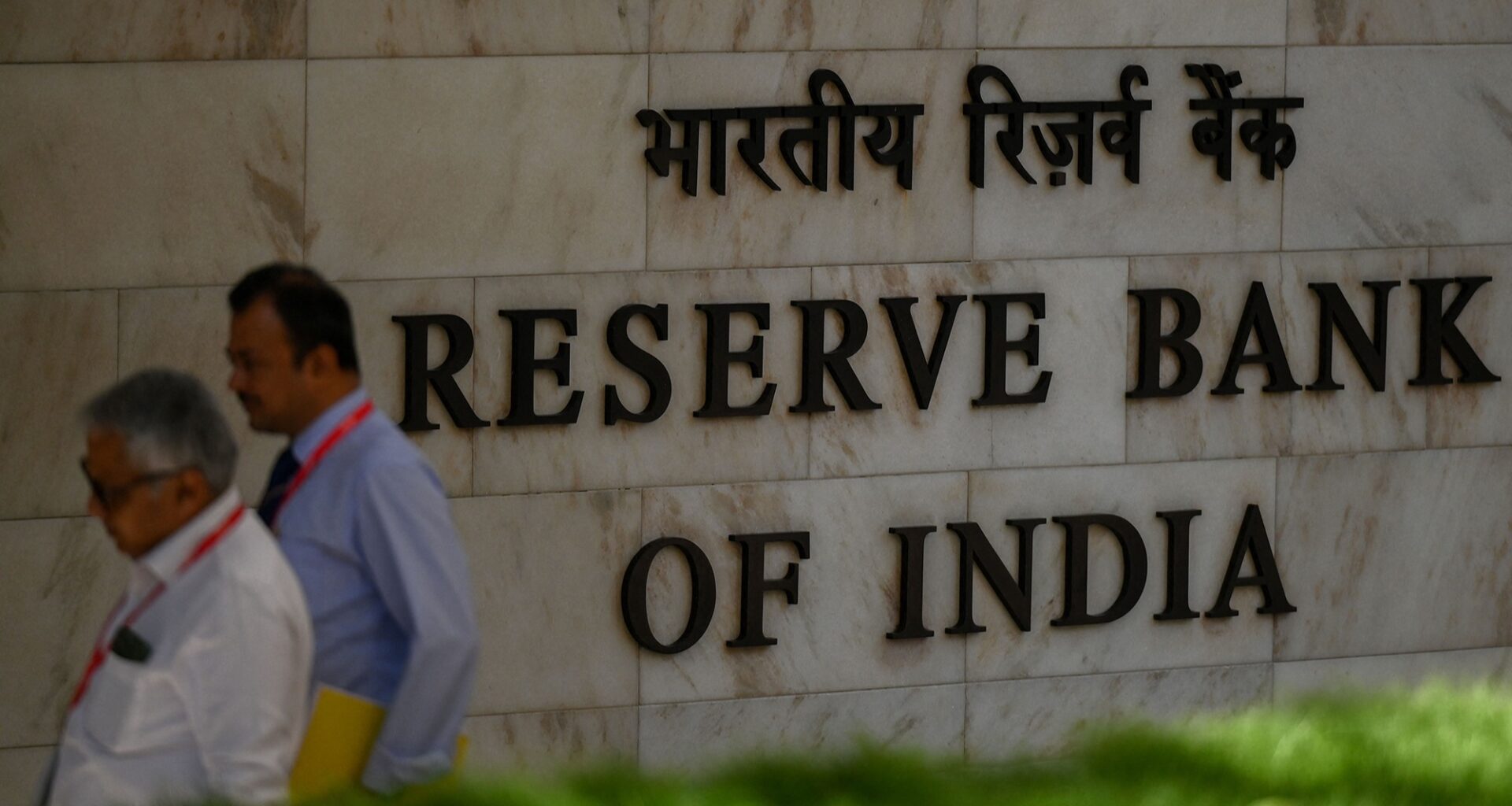The extension of the timeframe to implement the Reserve Bank of India’s expected credit loss framework is set to be the most impactful of the measures announced by the central bank last week to boost liquidity in the banking sector, according to experts.
Implementation of the ECL framework, part of India’s Basel III obligations for capital adequacy ratio calculations, has been pushed back to April 1 2027 as part of the RBI’s support measures, with a “glide path” of assistance provided to banks for full implementation by March 2031.
The framework was originally expected to be implemented in April of this year, with Mumbai-based economist Karan Mehrishi describing the delay as “a huge relief” for Indian lenders.
“For now, Indian commercial banks do not have to worry about the loss of incremental liquidity that will be utilised for incremental provisioning, which is an expense account on the cash flow statement,” Mehrishi told The Banker.
The extended ECL framework timetable was part of a 22-point plan announced on October 1 by the RBI, aimed at increasing credit in the country’s beleaguered loans market. Bank stocks rose on the announcement of the measures.
The liquidity deficit in the banking sector rose to a 14-year high of Rs3.34tn ($37.6bn) at the end of January, caused by repeated interventions by the RBI to support the rupee and persistently slow growth in bank deposits.
The RBI reported at the end of December that credit growth had increased by 11.16 per cent year on year, while deposits grew 9.8 per cent. In response, the RBI conducted variable rate repo auctions, injecting Rs1.83tn into the banking system via three VRR auctions in February.
The central bank that month also announced it was postponing the implementation of a new liquidity coverage ratio — requiring banks with online and mobile banking facilities to hold an additional 5 per cent of highly liquid assets — to at least March 31 2026 to enable a phased-in adoption.
Sher Mehta, chief economist at Virtuoso Economics, agrees that the delayed ECL timetable will unlock immediate lending capacity and bolster the Indian banking sector’s resilience against future shocks.
Further to the ECL changes, the RBI said last week it would shortly issue a draft standardised approach for credit risk, which will see proposed lower risk weights reduce capital requirements for medium-sized and small businesses and residential real estate, including home loans.
Additionally, the continued tapering of the RBI’s cash reserve ratio during October and November will provide further relief for India’s banks, according to Mehta, who says it will “inject durable liquidity into the banking system and strengthen monetary transmission”.
The central bank said in June it would cut the CRR in four equal tranches between September to November, releasing Rs2.5tn into the banking system.
At the end of August, system liquidity under the liquidity adjustment facility averaged a surplus of Rs2.1tn, with Mehta noting that the CRR reduction will add a “further, meaningful cushion” to this.
“By lowering reserve requirements, the RBI immediately frees up a substantial pool of banks’ statutory balances, enabling lenders to deploy these funds as fresh credit, particularly to SMEs and retail borrowers, without changing the policy repo rate or altering the neutral stance,” he added.
The increase in lendable resources should mean easier access to loans and potentially lower borrowing costs, Mehta believes, which will support consumption and economic growth at a time of external trade uncertainties.
